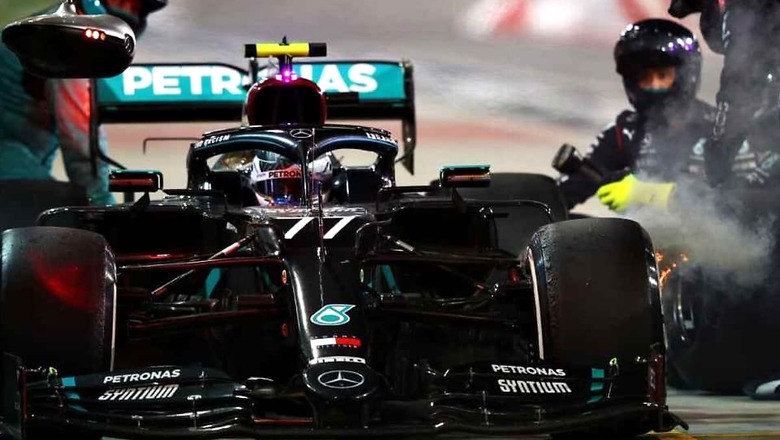
views
Even world champions can make mistakes. Mercedes exhibited some of those human tendencies at last weekend’s Sakhir GP when a bungled pitstop cost Mercedes what looked a straightforward 1-2 in an otherwise fairly chaotic race and potentially cost George Russell his first win in F1, while behind the wheel of the Mercedes AMG F1 car for the first time. Mercedes team boss Toto Wolff called it a “colossal f*** up”, and the team later clarified that it was a radio issue that caused the confusion as Russell and Bottas double-stacked for pitstops behind the safety car. But what is it about the radios in F1 that makes them so complex?
Turns out, F1 team radio systems have something called system prioritization. The Mercedes chief trackside engineer Andrew Shovlin alluded to that much. “There were a number of broadcasts at that time on the radio system, and the system knows to prioritize the messages from Rob because the most thing is that the tires are there, more so than what a driver says or what someone else in the group might say,” he said. Ron Meadows is Mercedes team manager. “But it looks like there was a period whereby the system was deciding to let the priority message through, and we missed a key bit of the broadcast, such that half of the tire collectors didn’t get the message and half of them did,” adds Shovlin.
In the fast-paced world of F1 communications, the team radios and intercom messages are available for pretty much everyone to hear and for a select few yet a fairly large number of team members, to deliver new messages. To the drivers. To the pit crew. To the engineers. To the mechanics. To and from the pit wall. Simply put, there is a lot of communication happening at any given point of time. That is why there is always a complex algorithm in place that prioritizes certain messages, delivered according to the hierarchy within the team. As it happened in the case of Mercedes at the Sakhir GP, where there were a number of broadcasts and messages being sent at the same time, and the system delayed a priority.
Riedel, which provided radio and intercom systems to F1 teams says that each team uses around 100 radio headsets, across team members. Each team has different frequencies to work with. These radios are specifically optimized to not get impacted by the explosive sound characteristics of an F1 car—something crucial for the drivers because they are very close to the source of the noise during the race. Most of the communication is push to talk, because it is otherwise too noisy for voice activated commands to work—that is why you would have often seen TV visuals of someone on the pit wall pressing a specific button on their system while speaking on the radio. This is also true for team to driver communication. There will be system logs for the technical boffins to ponder over and understand whether the prioritization was incorrect or whether the speed and immediacy load caused the delay in the message for new rubber going through. It is not clear whether there is a larger template for system prioritisation or each team gets this customised according to their requirements. In reality, it may be a mix of both.
As things stand, FIA have confirmed that world champions Lewis Hamilton, who missed the Sakhir GP due to COVID and for whom George Russell was standing in, will be back for this weekend’s season finale in Abi Dhabi.
Read all the Latest News, Breaking News and Coronavirus News here











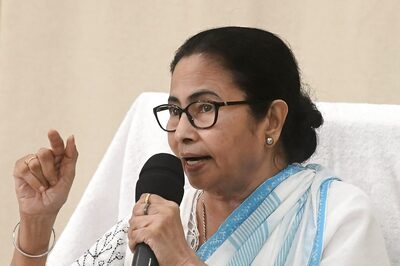



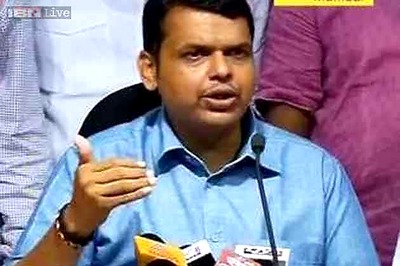
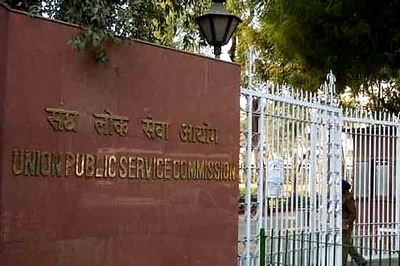


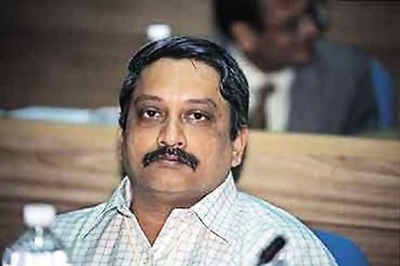
Comments
0 comment